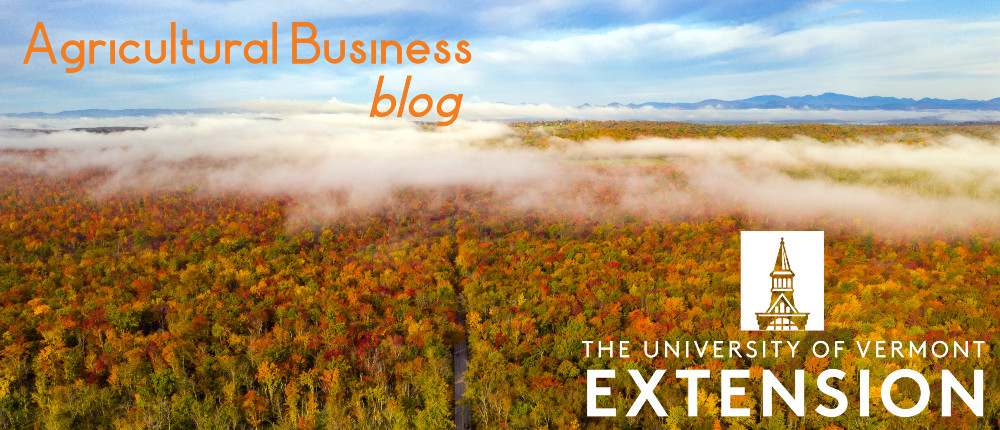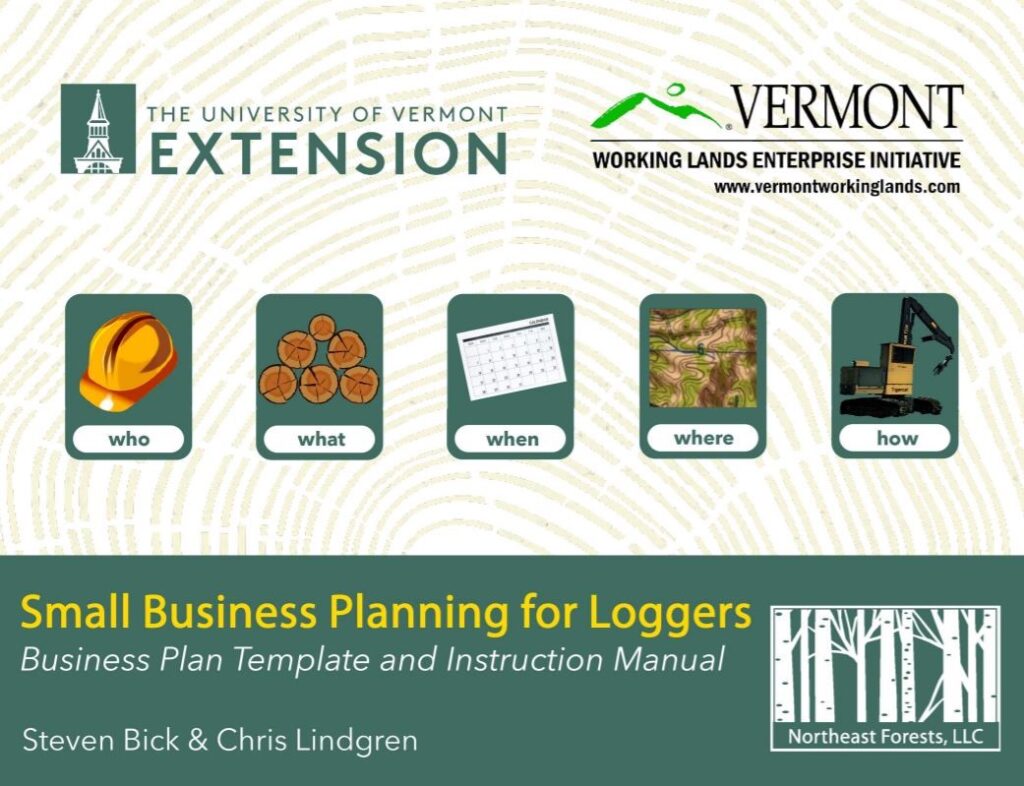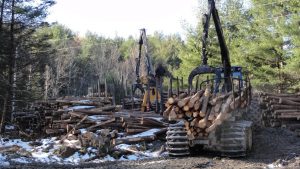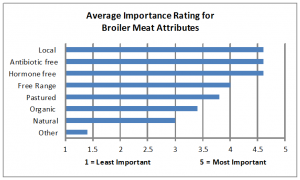By Tony Kitsos
In my opinion, any discussion concerning ecosystems and the services we gain from them must begin with the teachings of conservationist Aldo Leopold. In his seminal book, A Sand County Almanac, published in 1949, Leopold wrote on “The Land Ethic”:
The land ethic simply enlarges the boundaries of the community to include soils, waters, plants, and animals, or collectively: the land. This sounds simple: do we not already sing our love for and obligation to the land of the free and the home of the brave? Yes, but just what and whom do we love? Certainly not the soil, which we are sending helter-skelter down river. Certainly not the waters, which we assume have no function except to turn turbines, float barges, and carry off sewage. Certainly not the plants, of which we exterminate whole communities without batting an eye. Certainly not the animals, of which we have already extirpated many of the largest and most beautiful species. A land ethic of course cannot prevent the alteration, management, and use of these ‘resources,’ but it does affirm their right to continued existence, and, at least in spots, their continued existence in a natural state. In short, a land ethic changes the role of Homo sapiens from conqueror of the land-community to plain member and citizen of it. It implies respect for his fellow-members, and also respect for the community as such.
Leopold saw the value in land “conservation,” understanding that we must be able to both use, and preserve, that which we dwell upon – not only for monetary gain but for our very existence as a species.
Enter the discussion on valuing the conservation of habitat. Ecosystem Services Valuation (ESV) can be thought of as placing emphasis on “ecosystem services” by making an explicit link between the functions of nature and the subsequent benefits (goods and services) provided to society as a result of those functions. The “goods,” such as milk, beef, seafood, forage, timber, biomass fuels and natural fiber are easy to account for and important to human welfare. They usually have monetary value and are accounted for in the traditional functioning of our economy. The “services,” on the other hand, are just as valuable but are not accounted for in the consumer market. In other words, we do not directly pay for our use of them. They provide basic life-support functions, such as clean air, clean water, flood attenuation, carbon storage and sequestering, nutrient cycling, and biodiversity, to name a few.
But should we place economic value on these services? And if so, who should pay? With Legislation beginning in 1948 through today, dozens upon dozens of legislative actions at both the federal and state levels aimed at conservation and environmental protection have been passed. Most recently, Act 64, Vermont’s Clean Water Act, came on the scene, requiring farm businesses to adopt a wide array of practices geared towards improving the water quality of our state. With a combination of grants from NRCS EQIP and VAAFM BMP sources, farms can receive significant cost share towards implementation of these practices. However, the residual costs become the responsibility of the farmer and when profit margins are razor thin at best, those costs are daunting.
Are Vermonters receiving more value than just a new manure pit or barnyard to control unwanted direct discharges? What of the ecosystem value down the road – what value should be placed on land that must be maintained and farmed in specific ways? And does the product produced become more valuable? Should those goods be revalued to account for the “ecosystem services” provided by our land stewards – the producers? We may be entering into this arena of ESV and looking at other yet-to-be-identified players to actually pay for the future “ecosystem services” provided by Vermont farmers.
Let’s keep in mind Leopold’s description of land ethic: “A thing is right when it tends to preserve the integrity, stability, and beauty of the biotic community. It is wrong when it tends otherwise.”



 The reports provides details about which attributes consumers are looking for in poultry products and also the specific service expectations that small grocers have for farms selling them them poultry.
The reports provides details about which attributes consumers are looking for in poultry products and also the specific service expectations that small grocers have for farms selling them them poultry.